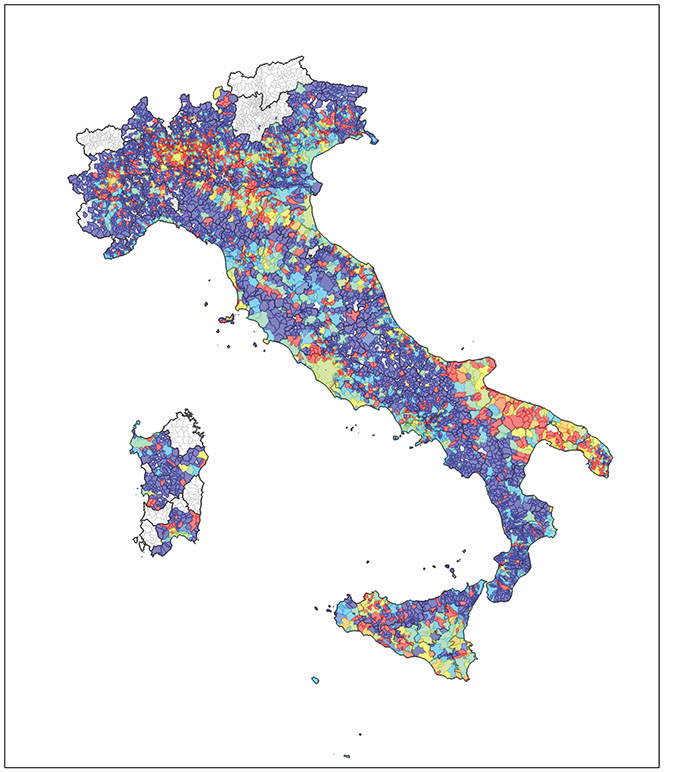Diversification versus specialization in complex ecosystems

This Project investigates the statistical distribution of the sizes of Italian primary schools. It is an interdisciplinary work in which the concepts and methods of complex systems are applied to investigate the Italian school distribution according to geographical features and population density. Many scholars have shown surprisingly complex features governing cities, firms, or social groups, uncovering power law distributions, fat tails, and other properties incomprehensible in the scope of orthodox approaches. This framework proposes new challenges in this respect and problems in studying socio-economic systems that have been discussed in various articles in the most important journals, such as Nature, Science, and American Economic Review.
We introduce a definition of school size as the number of students currently enrolled in each school and we show that the PDF can be well approximated by a lognormal distribution. School system shares certain elements with firms and cities such as too many small schools in the left tail of the size distribution compared to its left tail which exponentially decays. But it also has specific and important puzzles: the body of the PDF distribution manifests a bimodality characteristic. The evidence of the bimodality underlies the interplay between different processes that define thresholds and boundaries that are very peculiar for the Italian primary school-size distribution.
Motivated by the absence of any territorial constraint in school choice, and although the fat left tail of the school-size distribution has been particularly targeted in the past years by political interest and legislative attempts, there is no evidence in the rising of the size of the schools in the lower quantiles. To disentangle the bimodality source we introduce a measure of the average spatial interaction intensity between a school and the surrounding ones in different Italian regions. We find that interactions are very weak, on average, for small schools, especially for countryside-based regions. This pattern involves small villages, with only one school, whose closeness coincides with the proximity of schools.
Our conclusions indicate that the bimodality of the Italian primary school-size distribution is very likely to be due to a mixture prevalently driven by the population density and, in turn, by the geographical features of the territory. This empirical work is directly aimed to address policy schooling decisions, providing a first formal complex system approach to develop a better education system. Our analysis can be easily generalized to other countries and many other complex systems such as hospitals and other facilities that are strongly related to the city-size.